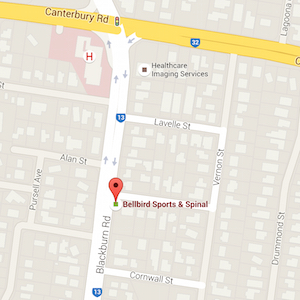Rock Climbing Finger Pulley Injuries
Background and Anatomy
In rock climbing, pulley injuries are one of the most common finger injuries that physiotherapists see. While rare in the in the general population, they are very common in rock climbers. These pulleys are made up of fibrous tissue which creates a tunnel for your finger flexors to keep it close to the bone. Their main job it to stop excessive movement of the tendon. We have 5 annular pulleys and 3 cruciate pulleys.
Image Credit: https://www.orthobullets.com/hand/6004/flexor-pulley-system
Injuries
The crux of pulley injuries is in a crimp position where one joint is flexed to 90 degrees and the other is extended or hyperextended. These injuries can occur due to a variety of reasons. Sometimes they occur due to an increase in training load without sufficient recovery or due to sudden and quick loading onto the fingers such as a dynamic move or a foot slip. A2 and A4 pulley are the most injured, typically in the 4th finger. The type of injury can range from a pulley strain, partial or complete rupture to multiple pulley ruptures.
Physiotherapy Treatment
Consulting a physiotherapist is important if you’ve suffered a finger injury. Physiotherapists can perform a comprehensive assessment of your finger, provide a diagnosis to the injury and more importantly, help guide your rehabilitation to get back onto the wall. A physiotherapist can also determine if imaging is required. Different treatment options are available in the early stages to help manage pain and discomfort. We can provide guidance on activity modification, training load management, rehabilitation exercises and taping.
Prevention
Prevention is the cornerstone of pulley injury management as the best way to treat an injury is to not have one in the first place. While it is impossible to prevent all injuries, there are things you can do to reduce the likelihood of suffering an injury. Performing a warm-up before jumping onto your hard projects is important. Additionally, monitoring your overall training load is important as large spikes in stress that exceed recovery can result in injury. Avoid overusing the crimp grip by utilising other grip positions such as a 3 finger drag can be helpful to alter the stress and forces on the hand. Seeking help before the injury gets worse by obtaining advice from a climbing physiotherapist to help you stay on the wall for longer.
Daniel Wang climbing at Mt. Macedon
Blog post written by Daniel Wang
Thank you for reading our blog, please see our disclaimer here.
For more information please contact our friendly receptionists on (03) 9878 8088




